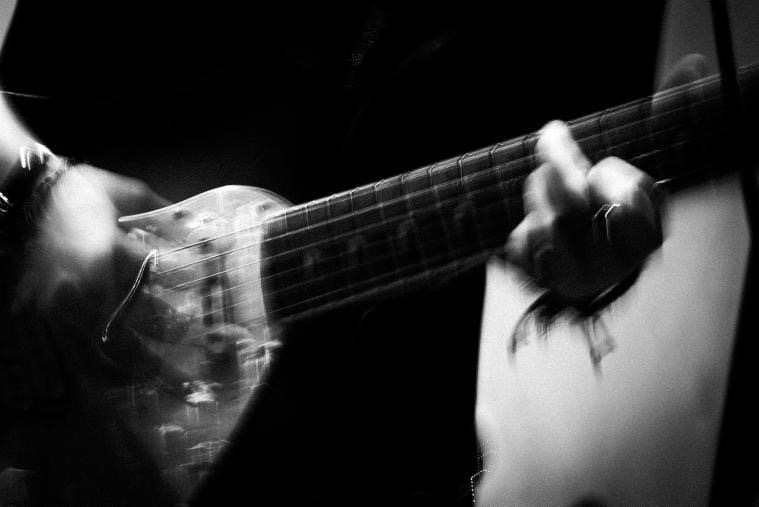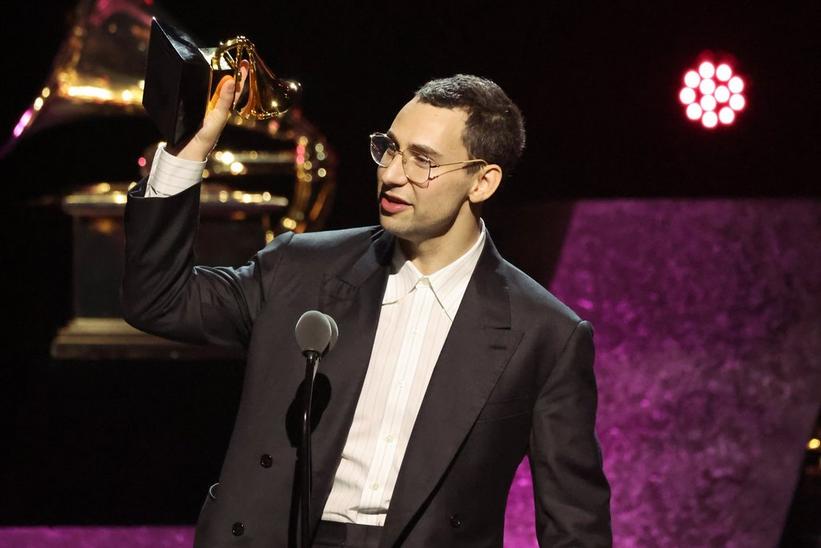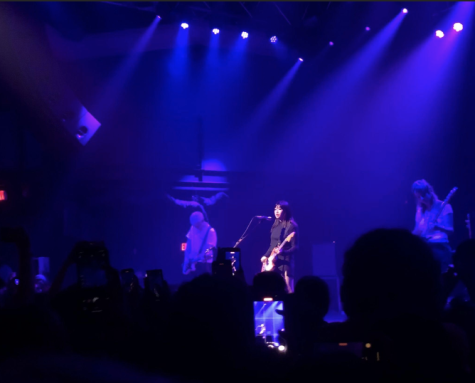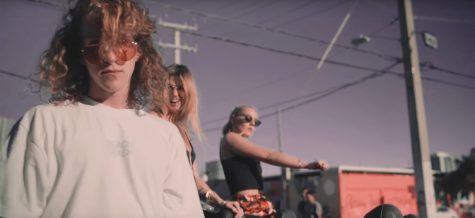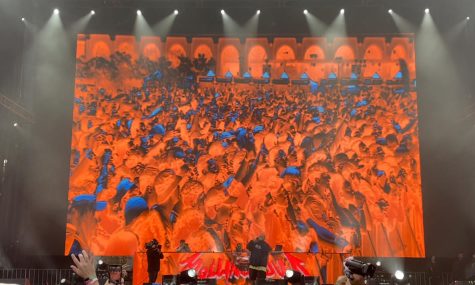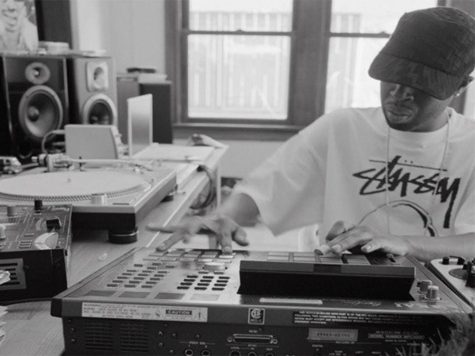Rock Music Has Never Heteronormative
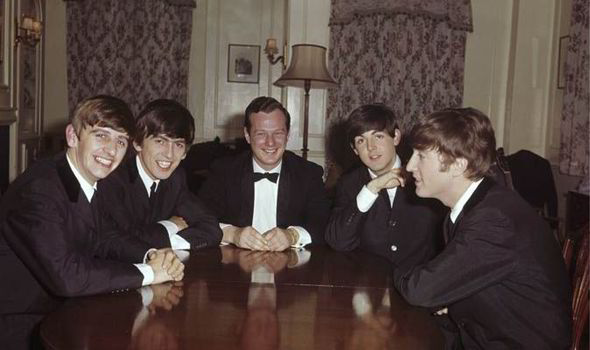
April 24, 2018
When I heard recently that Bob Dylan joined Kesha, St. Vincent, and other artists in creating “Universal Love,” an EP dedicated to taking older hits and giving them a same-sex romantic narrative, I was pretty surprised. I never figured that Bob Dylan was homophobic, but I never imagined him as someone who would show public support for LGBT rights. This might be a strange thought, especially since he has created some of the most beautiful poetry about protest and revolution. The thing is, Bob Dylan, and many artists like him, have been associated with a part of music devoid of queerness. This assumption that classic rock music is built around a white, heterosexual audience is a peculiar one, because so many of the people who are considered iconic within that context have shown support for the queer community or have a connection to it. It seems as though when someone reaches legendary status, they are stripped of any affiliation with queerness because it threatens the association between rock music and masculinity. Freddie Mercury had many long-term relationships with men, yet this aspect of his identity is never mentioned in larger conversations about what he contributed to music. Kurt Cobain talked openly about his feminist views and questioning his sexuality while in high school, yet this goes ignored when talking about his status as an icon. There are so many more examples of this, yet they are never seen as an important piece in the foundation of rock music.
Not only have many artists shown a connection to the queer community, but those behind the scenes have do so as well. Brian Epstein, manager for The Beatles, was just one of the gay managers who helped shape the image of many rock stars in the 1960s. Jann Wenner, founder of Rolling Stone said that his identity as a gay man helped him recognize the sexuality of the men performing onstage. During this time, these men were allowed to be out about their sexuality and use it to help those within their industry. Queerness is built within rock music and has helped it move forward to this day. It’s amazing to see so many artists that identify within the LGBTQ+ community today, giving representation to so many who might have felt silenced at some point in their lives. It would be even more amazing to recognize in popular culture how it has always been this way.


